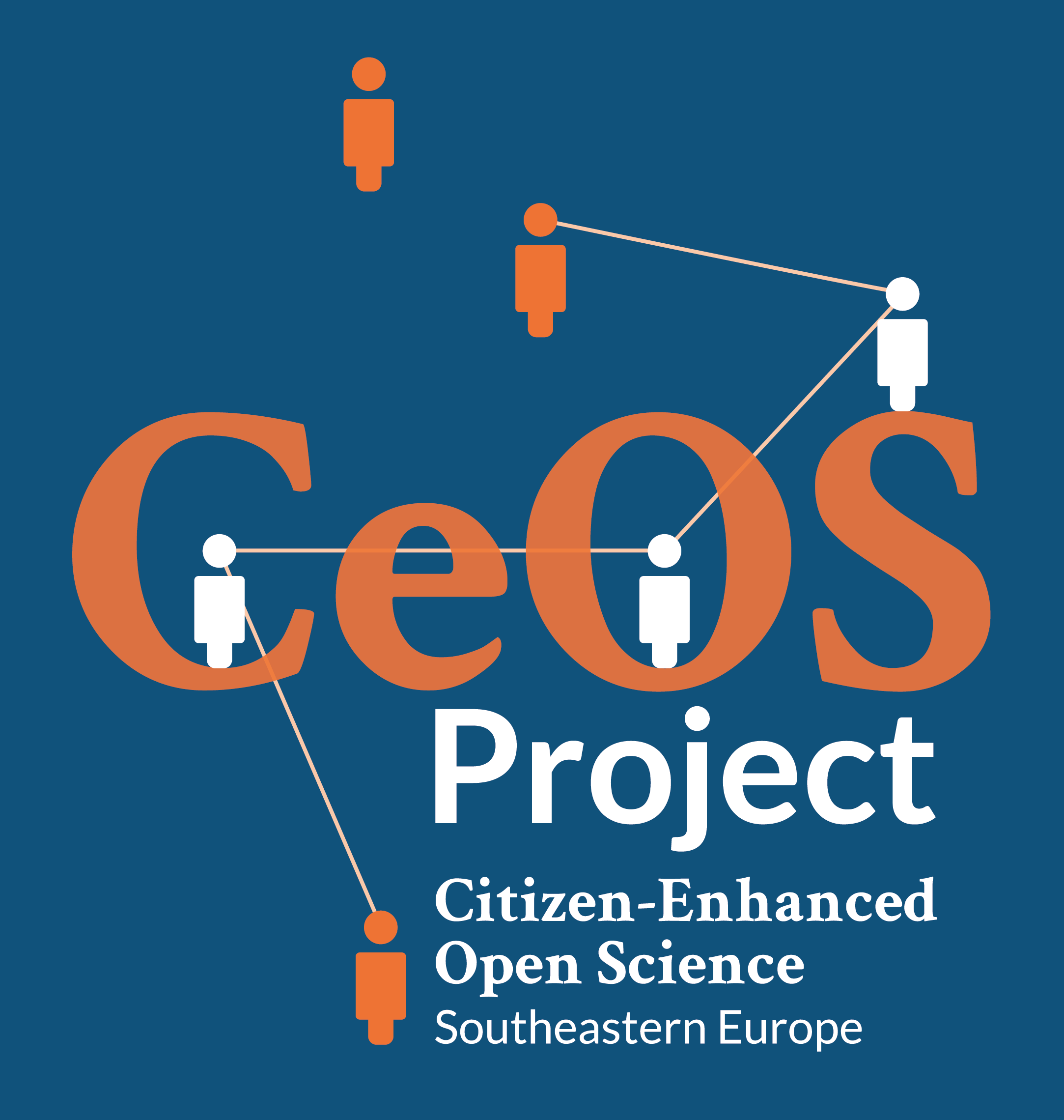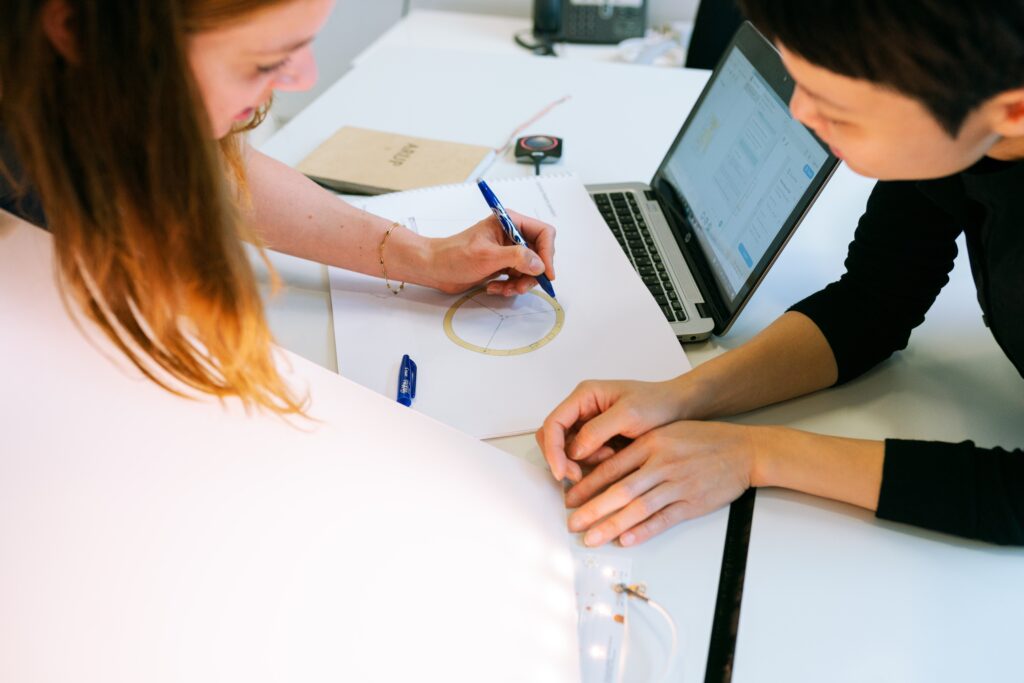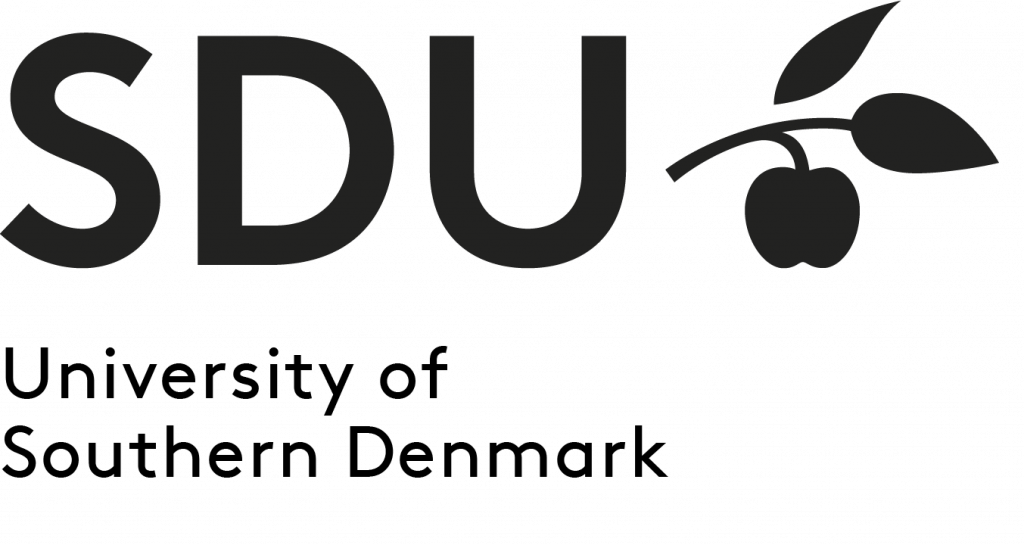The benefits of Citizen Science come in many shapes and forms. Τhe experience can be universal and accessible as a big part of it is the use of the technology available. Ιt is no coincidence that the recent rise of Citizen Science has coincided with the advancement of technology the last couple of years. Having become more accessible, Citizen Science helps the democratisation of science as there are no restrictions regarding race, sexuality and gender, the public that participates becomes more and more diverse and the data gathered help make the relevant policy changes that are needed and that are closer to what society wants as more voices are heard. Citizen Science can also become a very useful tool that scientists can use as a more cost effective and diverse way to collect data.
An extremely important part of Citizen Science is the validity of the information provided by the citizen scientists. With Citizen Science’s recent popularity, questions have been raised whether noncertified scientists can actually produce valid data. However, when using the same research methods, citizen scientists produce the high quality of data as researchers. In their article, Menschini et al. mention that “data from citizen science programs can complement professional datasets with sufficiently accurate data”. This data can be processed by the researchers as any data produced by them themselves and sometimes the citizens’ “local knowledge” is a treasure of information as this information is normally inaccessible to scientists. The Action project recognises that validation can be performed by “Semi-public independent scientific organisations like a national statistical bureau or an institute for the environment or public health”. Also, there are testimonies that citizen scientists outperformed machines in predicting seismic activity. Discussion boards, on websites like Zooniverse, are online areas where both citizen scientists and researchers work together to make discoveries and validate data, creating thus an educative and productive chain of communication, that often has resulted in research publications.
The use of tools for collaborative collection of data and the credibility of these processes is summarised in a paper by Ekström about Artportalen, in which collaboratively collect data, augment these with assistive information, and the continuously expose them to peers, many of whom may use advanced scientific apparatus, and experts transform observations to credible data.
The Library and Information Center of the University of Patras collaborates with the CSI-COP (Citizen Scientists Investigating Cookies and App GDPR compliance) project. The ultimate purpose of the project is to create a grassroots citizen science movement, through raising awareness of rights accorded under GDPR. This project requires citizen scientists to engage in exploring websites, and apps on their smart devices, to record number and type of cookies, co-create a taxonomy of trackers in cookies and apps, and co-create an open-access, searchable online repository of website and app trackers. While the collection data is fully embedded to the web – navigation behaviour of the users, in order to make the collection of data as credible as possible, our collaborators at CSI-COP are giving a lot of attention to educating the citizens well. First, they are required to make a workshop with the citizens, explain in detail what and how needs to be done, provide examples of best practices as well as of faults to avoid, and practice with examples during the time of the workshop. In parallel, there is a MOOC available, where all of the citizens have access to it and can attend to it in a self-paced manner to develop their skills. When the participants send them the data they have collected, they are required to provide a screenshot as well, as an additional element of evidence. Later, the data is going through one of the partner institutions to be checked and after an iterative process they are approved. The entire process and their project results can be found on their website.
Citizen Science helps citizens understand how science operates in many fields that affect our daily life, such as seismography, biology, marine biology, etc. It encourages society’s trust in science, propels rationalistic thought, and enhances the vision that scientific knowledge should be universally accessible and shared. Research libraries are present at this stage too -to help evaluate the validity of the citizen scientists’ participation- as the case of the University of Illinois Library exhibits.
Author: Theodora Karaiskou, University of Patras











